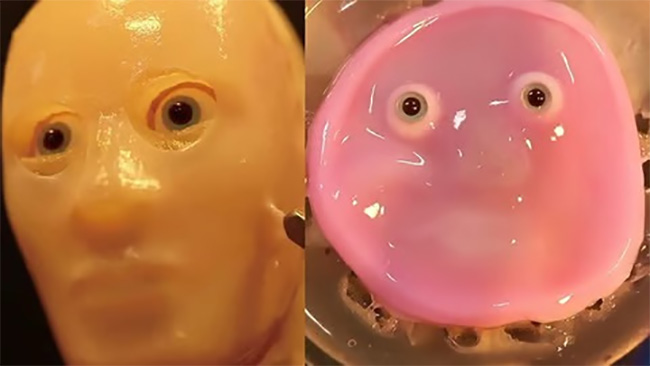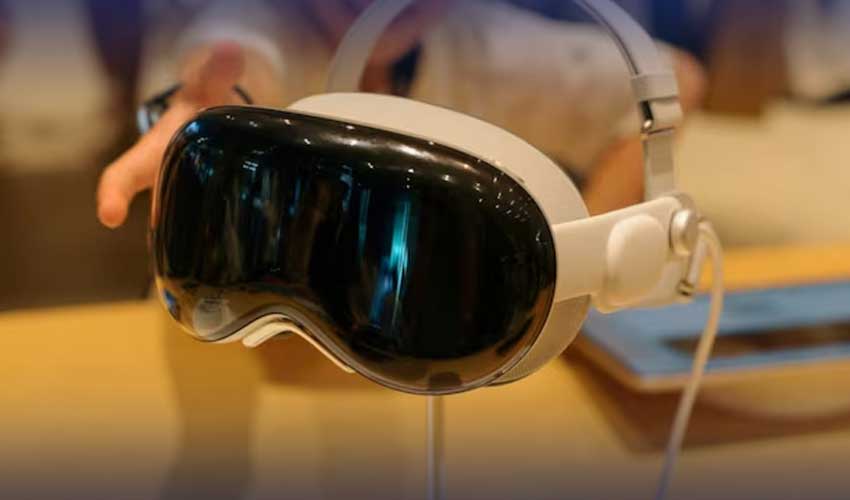The discoveries that Japanese scientists have made could have possible effects on cosmetics and medicine. They have managed to attach living skin tissue to robotic faces and make them "smile."
Using implanted ligament-like attachments, University of Tokyo researchers cultivated human skin cells in the shape of a face and tugged it into a wide grin.
Though disturbing, the outcome represents a significant advancement in the creation of more lifelike robots, according to lead researcher Shoji Takeuchi.
"By attaching these actuators and anchors, it became possible to manipulate living skin for the first time," he stated.
Takeuchi and his colleagues have spent the last ten years researching the most effective way to integrate biological and artificial machines. The result of their efforts is the smiling robot that was highlighted in a study that was published online last month by Cell Reports Physical Science.
According to Takeuchi, living tissue offers many advantages over metals and plastics. These advantages include the capacity of muscles and brains to use less energy, as well as the ability of skin to heal itself.
In the future, the researchers hope to include nerves and a vascular system into the lab-grown skin. This might result in safer testing facilities for medications and cosmetics absorbed through the skin.
Additionally, it might result in more practical and lifelike robot covers. However, people still struggle to get over the weird or unsettling sensations that robots that aren't quite realistic can create.
Takeuchi acknowledged that there was still a certain unsettling quality about the robot. "I think that making robots out of the same materials as humans and having them show the same expressions might be one key to overcoming the uncanny valley."



























